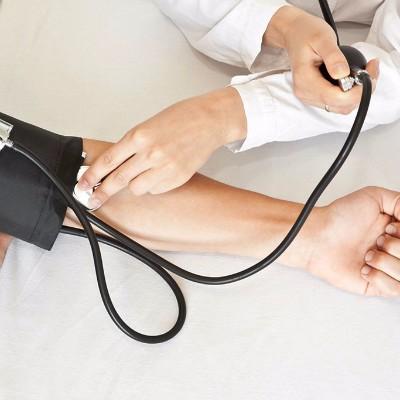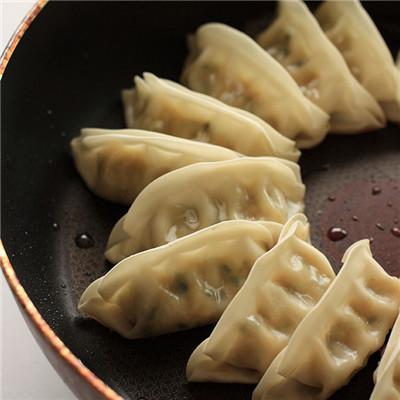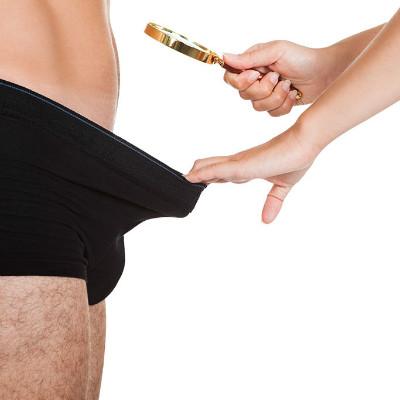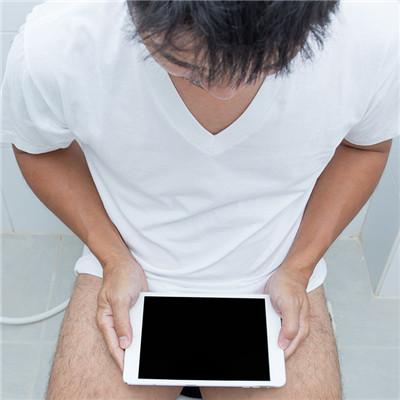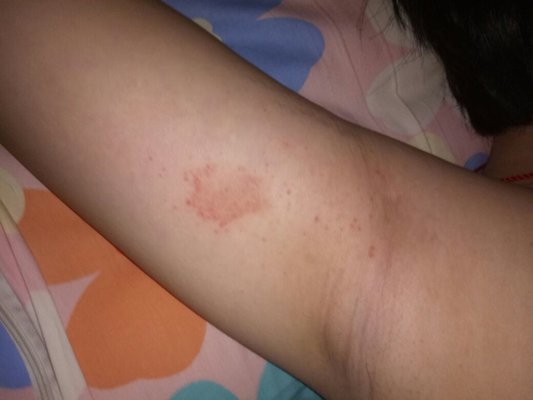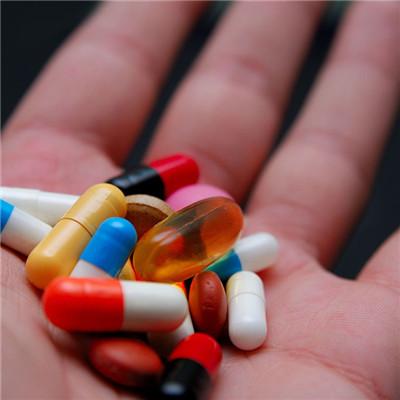What symptom does man gonorrhea have?
summary
Gonorrhea is a sexually transmitted disease caused by Neisseria gonorrhoeae (referred to as Neisseria gonorrhoeae). The incidence rate is second in China. Neisseria gonorrhoeae is gram-negative diplococcus, which is difficult to survive without human body. It is easy to kill by general disinfectants. Gonorrhea mostly occurs in sexually active young men and women.
What symptom does man gonorrhea have?
After dirty sexual intercourse, the urethra is itchy, slightly tingling, and the urethral orifice is red and swollen. Then there is a thin pale white or yellowish mucus overflow, quickly become viscous purulent, light yellow or yellowish green, sometimes purulent blood like secretion. The underwear was polluted by the urethra. In the morning, the pus scab can seal the urethral orifice. At this time, the pain of urination is severe.
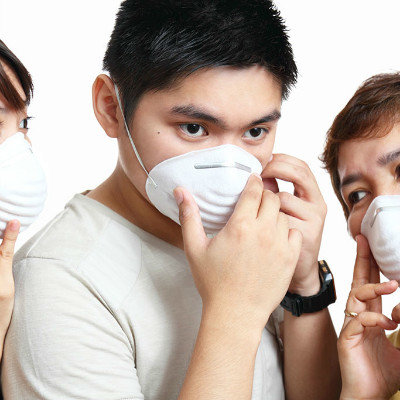
Male gonorrhea (1) the incubation period of male acute gonorrhea is generally 2-10 days, with an average of 3-5 days. The urethra began to burn, itch, redness and eversion. Burning pain during micturition, accompanied by frequent micturition, and a small amount of mucinous secretion at urethral orifice. 3-4 days later, most of the urethra mucosa epithelium had focal necrosis, produced a large number of purulent secretions, and had sharp pain during urination, glans and prepuce redness and swelling. Drenching wire or blood can be seen in the urethra, and pus scab can be formed at the urethral orifice when getting up in the morning. With different degrees of systemic symptoms. ② Male chronic gonorrhea generally has no obvious symptoms, when the body resistance is reduced, such as excessive fatigue, drinking, sexual intercourse, can appear urethritis symptoms.

Male gonorrhea complications: 1. Prostatitis and seminal vesiculitis. If the seminal vesicle is involved, the semen may be mixed with blood. When complicated with prostatitis, perineum pain, rectal digital examination prostate enlargement, pain, seminal vesicle gland enlargement. ② Epididymitis and bulbar urethritis have pain, swelling and tenderness in epididymis. When complicated with bulbar urethritis, the perineum may touch the enlarged glands, and the patient may feel uncomfortable or dull pain. When complicated with acute epididymitis, scrotal swelling, pain, epididymis swelling, spermatic cord thickening. ③ The stimulation of purulent secretion of gonococcal balanitis can cause balanitis and prepuce inflammation. * glands, urethra, retention cysts, lymphadenitis, lymphadenitis and anterior urethral recess and glands of prepuce glands can be invaded, called adenourethritis. * if these glands are blocked, they can form retention cysts, which can form cysts around the urethra after ruptured cysts. Paraurethral gland or periurethral inflammation can extend to the corpus cavernosum, often complicated with lymphangitis, unilateral or bilateral inguinal lymphadenitis. The prepuce glands on both sides of the frenulum of the penis can also be involved to form an abscess.

matters needing attention
Adult gonorrhea patients should ask their sexual partners for examination and treatment. All sexual partners who have had sexual contact with the patient during the onset of symptoms or within 2 months before diagnosis should be examined and treated for Neisseria gonorrhoeae and Chlamydia trachomatis infection. If the patient's most recent one-time contact was before the onset of symptoms or 2 months before diagnosis, his latest partner should be treated. Patients should be educated to avoid sexual intercourse before treatment is completed, or when they and their partners have symptoms.
